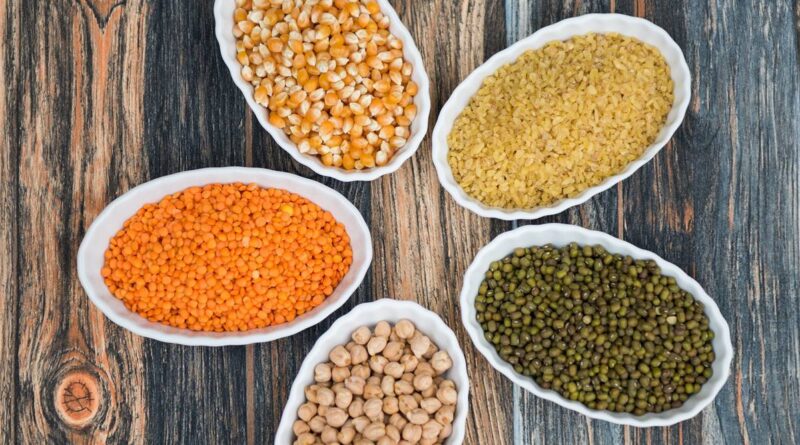After year-long rise, prices of pulses start declining
By Sandip Das
After staying elevated more than one year, prices of key pulses varieties — chana, tur and urad — across mandis have been on the decline in the last one month, official and trade sources said.
They said that the significant jump in imports, imposition of stockholding limits and significantly higher sowing in the ongoing kharif season due to adequate monsoon rainfall, has led to improvement in supplies.
This is expected to bring down inflation in pulses, which had been in double digit since June, 2023 in the next couple of months
Officials said price control measures initiated by the government, liberal import policy, robust progress in sown area under kharif pulses have stabilised the market and the prices of chana, tur and urad in major mandis had declined by up to 4% in the past one month.
According to an official, wholesale prices of key pulses have declined by 8% in the last few weeks.
According to the consumer affairs ministry, the modal retail prices of tur, whose prices rose highest 26.86% in June on year, has declined to Rs 160/kg on Saturday, a decline of 5.8% on month. Retail prices of masoor have declined by 10% to Rs 90/kg on Saturday compared to a month ago.
“The declining trend in mandi prices is now reflected in retail prices in recent weeks as the all-India average retail prices of pulses have declined on a week-on-week basis,” according to an official note.
Sowing of kharif pulses including tur, urad and moong till August 2 was up 10.9% up on year at 11.06 million hectare because of normal to above-normal monsoon rains in key growing states of Karnataka, Maharashtra, Madhya Pradesh and Gujarat. This is expected to give a boost to pulses production.
In June, to prevent hoarding and curb price rise, the government had imposed stock holding limits on tur and chana from immediate effect till September 30.
The duty-free imports of tur, urad and masor (lentils) have been extended till March 31, 2025. The government has also removed import duty on desi chana while extending import duty exemption on yellow peas till October, which is aimed to curb the spike in chana prices.
India’s import of pulses rose by 90% to 4.73 million tonne (MT) in FY24 compared to 2.69 MT in 2022-23. India imports about 15% of its annual pulses consumption.
Consumer affairs secretary, Nidhi Khare, in June had said price of pulses, which had been at elevated levels over the last one year, are likely to soften from next month due to imports and prospects of higher kharif crops. She had said that prices of tur, chana and urad dals have been stable in the last six months but at a high level while the prices of moong and masor dal varieties are comfortable.
To boost procurement prospects in the kharif season, the government has initiated registration of farmers in Madhya Pradesh, Maharashtra, Tamil Nadu and Uttar Pradesh who have started sowing urad and tur.
Agencies such as farmers’ cooperative Nafed and NCCF have commenced registration of urad and tur farmers for procurement under the minimum support price following higher sowing due to adequate monsoon in key growing states.
This article has been republished from The Financial Express.

